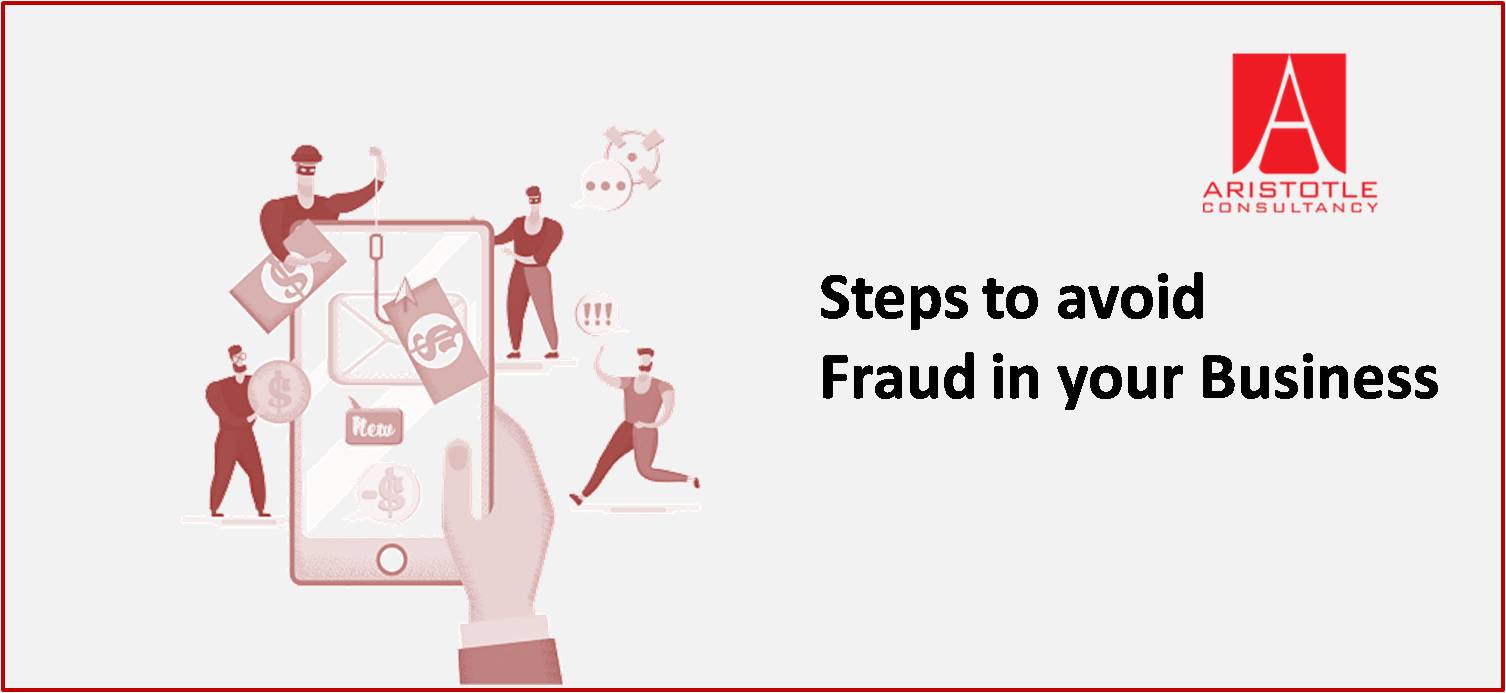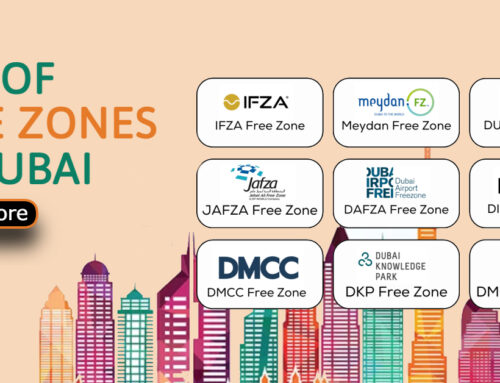Business owners are usually unprepared to identify or prevent fraud in their organization. There is minimal oversight and no budget to invest in correcting either of these issues. Business owners need to be aware of why frauds happen and the risks that arise because of them. The following circumstances represent the model of fraud triangle that explains why someone commits occupational fraud:
- The employee is under pressure from an external and/or internal source,
- Employee perceives an opportunity and feels that he/she wouldn’t be caught
- Employee rationalizes why he is correct in doing the fraud with the company.
Lack of system security, approval systems, and segregation of duties leads to fraud. To prevent fraud companies must complete internal control reviews and implement fraud prevention practices. Following are the steps that a company can take to prevent frauds:
Culture of honesty and ethics
Employees should be educated and trained on the subject of corporate fraud. Highlighting the importance of high ethics benefits the company in many ways. A written policy about frauds and malpractices should be in place that is reviewed by all the employees. This policy should make the employees aware of the concept of fraud and the consequences associated with them.
Separate duties
Companies should segregate duties of different business processes like custody of assets, authorizations, bookkeeping, and reconciliation. Duties related to the company’s cash conversion cycle, including vendors’ invoices approval and payments, and receipt of customer payments.
Cross-training
Employees should be trained to perform another similar type of duty. Jobs should be rotated so that employees are cross-trained and share duties. Job rotation prevents one employee from spending too much time on one type of activity that leads to the possibility of fraud.
Using Digital Payment Systems
Payments of salaries, vendor payments through checks leads to frauds. Banks offer auto credit payroll systems and RTGS, NEFT for direct payments. Using a rubber stamp to sign checks or using pre-signed or digitally signed checks can open companies up to fraud. It prevents an individual to see the difference in the signatures. Even if the company has to use checks, the owners or any qualified individuals must periodically monitor checks by doing reconciliations of balance and issued checks. They should also review images of cleared checks to identify suspicious transactions.
Bank and credit card statements
Get away with paper statements and register for online statements for bank and credit accounts. A paper statement can be prevented from reaching your desk by a fraudster to further delay the reconciliation. Frequently reconcile, monitor, and review account activity to identify suspicious transactions.
External review
An independent review of account reconciliations and general ledger balances should be done by someone outside the responsible department such as an outside accountant or any competent individual. This provides a better deterrent for fraudulent activities and allows ensuring nothing is amiss.
Securing IT infrastructure
Equip computers and other IT systems with the most up-to-date antivirus software and firewalls. This means protecting all smartphones, tablets, laptops, and other mobile devices that are used for business purposes. Daily backups of critical business data on each computer or server should be executed. If the company uses cloud storage, a vendor with stringent security guidelines should be chosen. Audit trail functions can monitor transactions, sharing information on emails outside the normal course of business.
Compulsory vacation
Frauds are detected when the employee who is committing the fraud is absent for one to two weeks. Compulsory vacation is very effective for employees that are part of managing the cash-conversion cycle.
Internal controls system
A system should be built to control the activities. It involves the policies and procedures that ensure management directives trading fraud preventions are carried out.
- A well-documented policy should be in place that prescribes what should be done.
- It should list all the requirements and expectations of employees. Employees should sign off, and acknowledge their understanding of what is expected of them.
- Management should set the right tone with the right examples and enforcing a zero-tolerance policy.
- Employees should be able to speak freely when they suspect fraud is being committed.
- Employees should know where to go for advice to report potential fraud.
Sound disciplined procedures can prevent frauds, deliver great protection and peace of mind to the business owner. Placing multiple layers of oversight, protect against human error and fraudulent activities.






